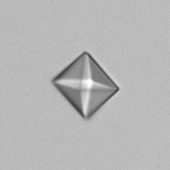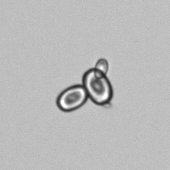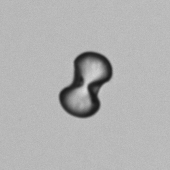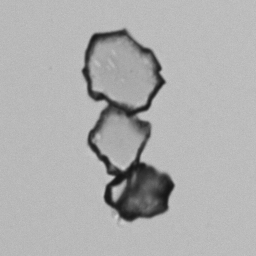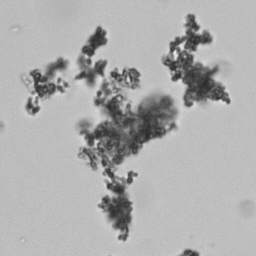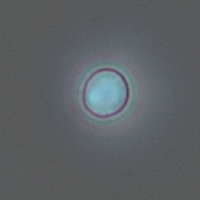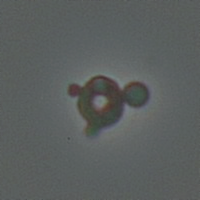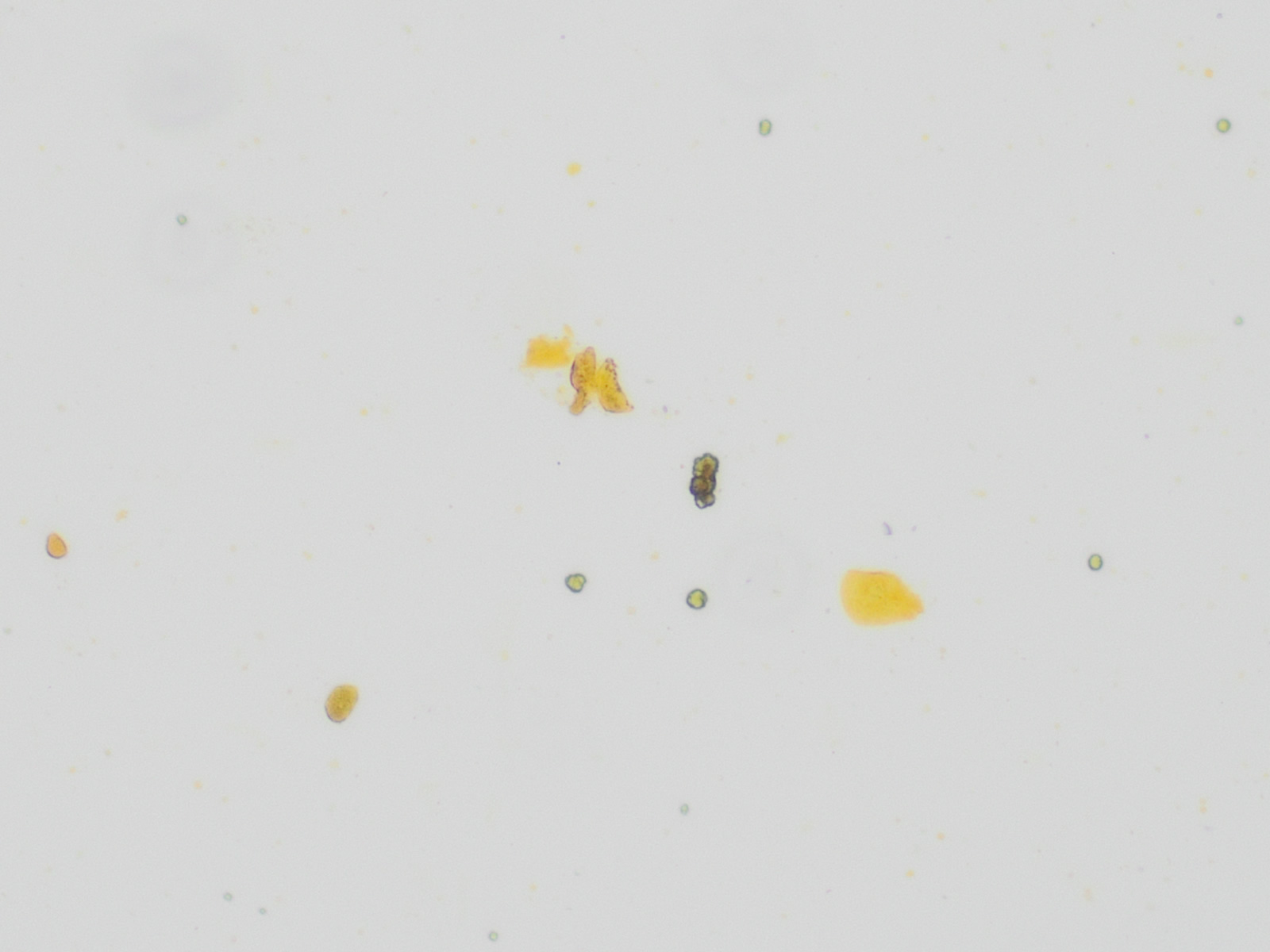Bilirubin cast
Casts are elongated structures formed in the renal tubules and composed mainly of uromodulin, also known as Tamm-Horsfall protein. This glycoprotein is secreted by cells in the ascending Lis of Henle and the distal tubule segment. The formation of casts is promoted by acidic pH and concentrated urine, conditions that allow the precipitation of uromodulin in a gel-like structure. During their formation, casts can enclose other components from the tubular fluid, such as cells, fat droplets or granular (granular) debris, creating different types of casts. In a sense, therefore, a cast can be considered a "biopsy" of the part of the tubule in which it is formed. Casts are visible microscopically, usually under bright-field microscopy, but their detection depends on their composition and transparency.
Bilirubin casts (as well as bilirubin crystals) are formed by precipitation and adsorption of conjugated bilirubin in the renal tubules, with existing casts – such as hyaline, wax, granule or fat casts – becoming yellow discolored. They can contribute to tubular damage via direct toxicity on tubulus epithelial cells and by mechanical obstruction of the tubulus lumen. This mechanism is referred to as "bile cast nephropathy," a form of acute renal insufficiency that occurs in patients with liver disease or obstructive icterus.



